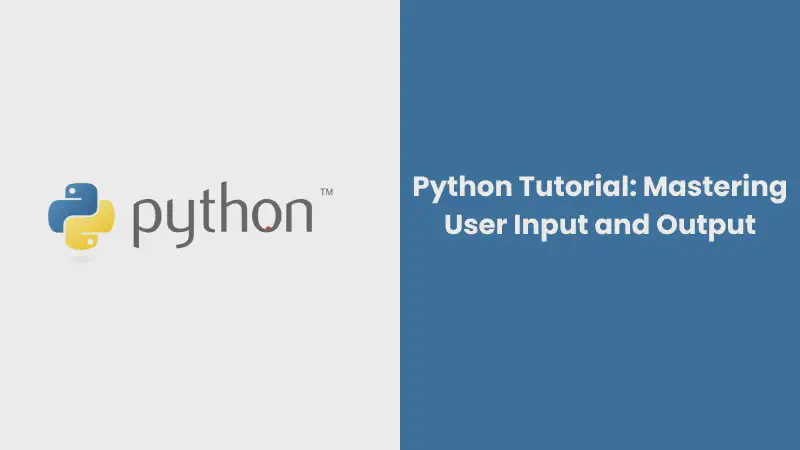In this tutorial, we’ll explore the basics of user input and output in Python. We’ll cover how to prompt users for input, process their responses, and display results back to them. By the end of this guide, you’ll have a solid understanding of these core concepts, enabling you to create more interactive and user-friendly Python programs. Let’s dive in and start mastering user input and output in Python!
Reading Input from the User
One of the essential aspects of programming is interacting with users. In Python, you can use the input() function to read input from the user. This function waits for the user to type something and press Enter, then returns the input as a string.
Example:
|
|
In this example, the program prompts the user to enter their name and then greets them with a personalized message.
Printing Output to the Console
Printing output to the console is equally important for displaying information to the user. The print() function in Python is used for this purpose. You can print text, variables, and even results of expressions.
Example:
|
|
In this example, the print() function is used to display a welcome message, the value of a variable, and the result of an arithmetic expression.
Combining Input and Output
Often, you’ll need to combine both input and output to create interactive programs.
Example:
|
|
In this example, the program reads the user’s name and age, then prints a message incorporating both inputs.
By understanding how to read input from users and print output to the console, you can create more interactive and user-friendly Python programs. These basic skills are fundamental for any beginner looking to master Python programming. Happy coding!
